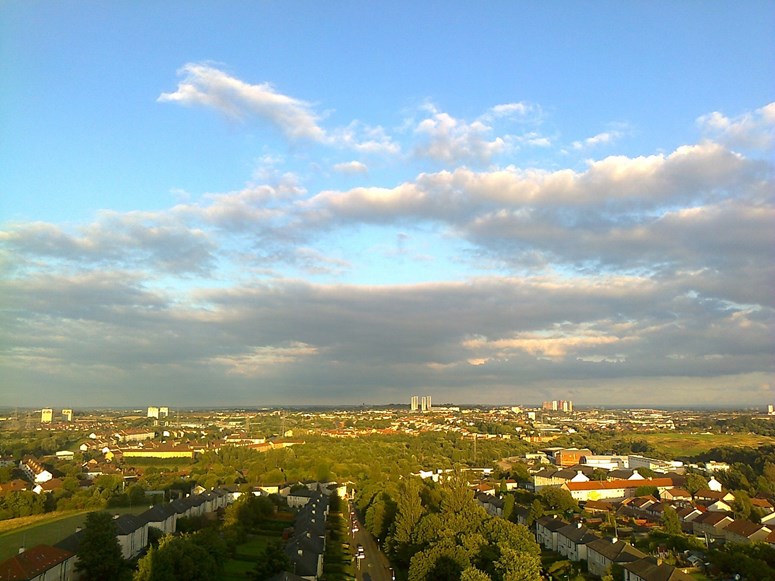Urban greenspace benefits deprived and ethnic minority communities

Greenspace can play an important role in areas of high deprivation.
While urban greenspace is often associated with improved mental health, new research has found the benefits are dependent on the characteristics of the population using the space - and their proximity to it.
Researchers at the James Hutton Institute and SRUC looked at the link between greenspace and prescription rates to treat mental health disorders across all Scottish towns with more than 10,000 residents.
They found a significant relationship between mental health and the amount of urban greenspace in areas with high proportions of people from black and minority ethnic and/or in areas of high deprivation.
However, the link between lower prescription rates and greenspace in these communities was only evident when looking at those spaces in the immediate neighbourhood. When considering greenspace within a 30-minute walk, no significant relationship was found between greenspace and mental health disorders.
This suggests that the mental health benefits of greenspace for these groups occur where it is closest to home – with previous research finding they are often the least likely to use their nearest greenspace.
Researchers found no significant relationship between mental health and green space in all other population groups.
The research, which has been published by the Urban Forestry & Urban Greening journal, will provide valuable information for urban and land-use planning, where decisions are taken at the population level.
The lead author Dr Michaela Roberts, Environmental Economist at the James Hutton Institute, said: “Our work supports the broad supposition that greenspace and mental health are positively related, and adds further support for the need to understand a populations’ relationship with greenspaces, to ensure urban greening achieves the highest gains for communities.”
Co-author Alistair McVittie, Ecosystem Services Economist at SRUC, said: “Our results highlight that the relationship between greenspace and mental health relies not only on the presence of greenspace itself, but also on the characteristics of the population using the greenspace.”
The research was funded by the Scottish Government’s Rural & Environment Science & Analytical Services Division.
Posted by SRUC on 21/09/2021
